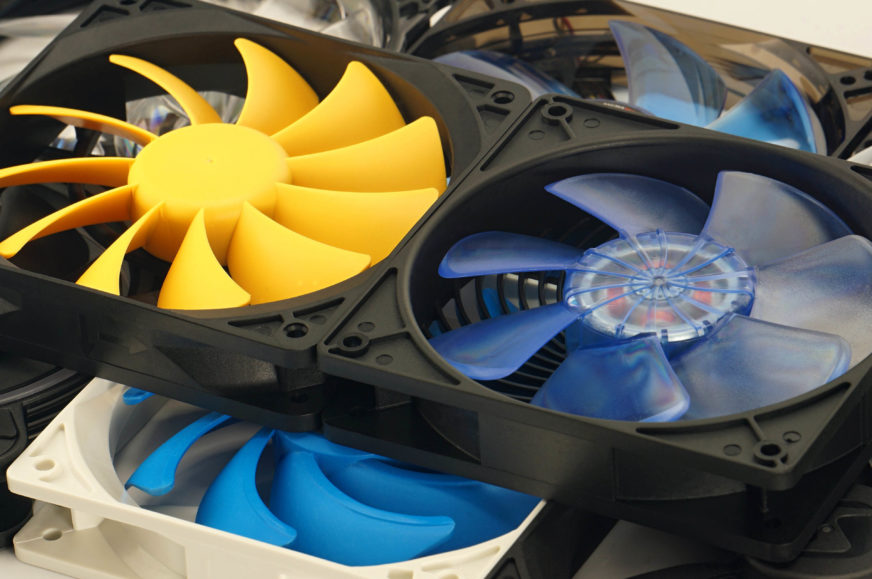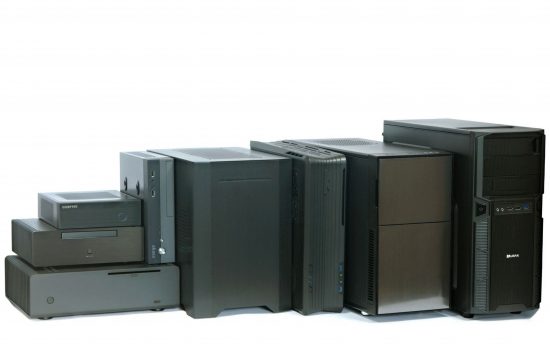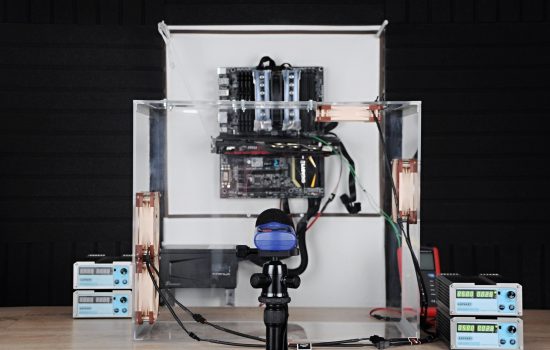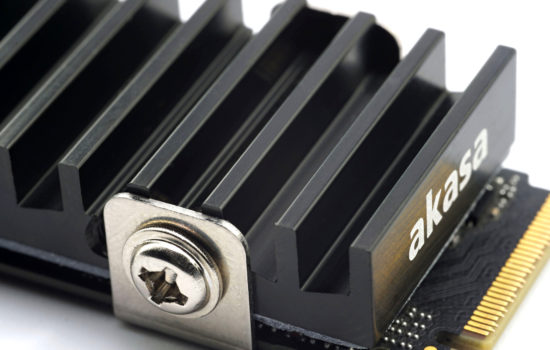Evaluation
To write that we have something mapped out to the last detail is perhaps too bold, but after proper preparation, few pieces of hardware are as easy to evaluate as fans. Of course, this had to be preceded by long preparations, developing a methodology, but you already know the story. What you don’t know yet is the first fruit, or rather the results of Akasa, SilentiumPC, SilverStone, Xigmatek or more exotic Reeven fans.
Evaluation
The SilverStone SST-AP121 scored the highest. This fan is the best of the tested models at handling obstacles and excels especially with higher static pressure, even at lower noise levels. Its sound is quite “clean”. Sure, there is some “rattling” in it, but it is very faint and might not disturb even demanding users.
However, the AP121 rotor may interfere with the nylon dust filter. This is due to the small height difference between the frame and the rotor itself. Similar is the case with the SilverStone SST-FQ121 and even worse with the Reeven fans, which will be brushing against the filter for sure. Of the Reeven fans, the Kiran finished well below expectations. The difference between the declared and real static pressure is really high, Reeven missed the mark with this one. The Kiran is the weakest in this respect and it should have been exactly the opposite.
The Coldwing 12 (also from Reeven) performs much better, with the manufacturer claiming significantly lower static pressure. According to the parameters, it would seem that this is an attractive low-cost case fan. But beware, it only achieves high airflow rates without obstacles. This fan doesn’t do well with a filter or a grilleand so is not very well suited in practice.
The excessively high airflow loss through obstacles also applies to the Kiran. That one also has RGB LEDs (but without data connection, only with a mechanical switch on the fan body/wire) and supposedly significantly higher lifetime (MTBF 120 000 hours). But can it be trusted after those overshot static pressure values? We expected a bit more from the SilverStone SST-FQ121 as well. Both the pressure and airflow of this fan are below average in its price range. That is, if we do not take into account the maximum power output, at which, however, a high noise level is achieved.
With the SST-FQ121, we were surprised by the lack of PWM control. It rarely happens that a 4-pin fan is better regulated by a fixed voltage setting than via PWM. Below 950 rpm (down to somewhere around 300 rpm at 3.4 V) you only get by “DC” control. But at lower speeds (from about 500 rpm) the fan has quite a lot of trouble, which is also audible in the motor sounds. It was therefore not possible to tune the SST-FQ121 to the quietest mode (31 dBA). Compared to the SilentiumPC Sigma Pro 120 PWM, however, it is still first class.
The SPC fan, regardless of speed rattles annoyingly (-86,2 dBu at 2635 Hz in the 39 dBA mode). At higher speeds, this sound still hides behind “aerodynamic” frequencies, but at lower speeds it clearly stands out. Control according to the standardized noise levels was not possible here even at 33 dBA and at 36 dBA only without obstacles, which increase the noise level by their resistance.
The cheaper SilentiumPC Sigma Pro Corona RGB 120 rattles significantly less and its regulation was possible across the whole spectrum of modes. Considering that this is the cheapest fan in the test (and it has RGB LEDs to boot), we have to commend the decent airflow and pressure performance. However, the low price was reflected in the finish.
In the detail you can notice the shavings and the most intense vibrations have also been recorded here. A nice contrast to this is the Akasa Vegas X7, which is the single fan where vibration is zero even at maximum power. The Akasa fan also achieves attractive efficiency in terms of airflow (even with a filter or a grille), doesn’t growl and we can recommend it with a clear conscience as a cheaper system fan. For analogue RGB LEDs, it is particularly suitable for older setups that are meant to brighten up the lighting.
And finally the Xigmatek XLF-F1256. That’s long in history, no point in looking back. The average-in-all fan still has a shared power supply for the motor and the white LED. The lighting intensity thus depends on the speed of rotation. We don’t really miss this and are glad that the current LED fans have a separate circuit. More information from the measurements could probably be included in the final text, but this time we’ll take it in a more concise form. The tested fans are mostly not sold anymore and they were supposed to fulfill actually only one task – to create a reference sample of the results. We’ve already got that one, and now tune in for confrontations with fans that present themselves as triple-A. We’ll be dropping in one test after another. The next one in line is the Asus ROG Strix XF120.
English translation and edit by Jozef Dudáš
| Akasa Vegas X7 | + Attractive airflow/noise ratio, relatively low airflow loss with both filter and grille, very low speed possible, clear sound with virtually no rattling, RGB LED illumination, no vibrations, reasonable price |
| - Relatively low maximum speed (and thus lower airflow and pressure), DC control only | |
| Reeven Coldwing 12 | + High airflow and static pressure, very low speed possible, favourable price |
| - Significant airflow and pressure drops with obstacles, interferes with nylon dust filter | |
| Reeven Kiran | + High airflow, very low speed possible, worse price/performance ratio (especially in terms of static pressure), RGB LED lighting |
| - Manufacturer's stated static pressure is significantly higher than in reality, significant airflow and pressure drops with obstacles, collides with nylon dust filter | |
| SilentiumPC Sigma Pro 120 PWM | + Attractive airflow/noise ratio, relatively low airflow loss with filter and grille, favourable price |
| - Significant whirring, at lower speeds this sound will sting your ears | |
| SilentiumPC Sigma Pro Corona RGB 120 | + Attractive airflow/noise ratio, relatively clear sound for the price range without the typical rattling, RGB LED lighting, reasonable price |
| - More intense vibration, lower build quality, DC control only | |
| SilverStone SST-AP121 | + Highest static pressure even with obstacles (filters, grilles, radiators, ...) from the tested fans, attractive airflow/noise ratio, very low speed possible, almost no higher frequencies in the sound |
| - Collides with nylon dust filter, DC control only | |
| SilverStone SST-FQ121 | + Decent airflow and static pressure, very low speed possible |
| - Worse ratio of performance characteristics (airflow and pressure) to price, low speed only via DC control, PWM ends high, clashes with nylon dust filter | |
| Xigmatek XLF-F1256 | + Attractive airflow/noise ratio, very low speed possible, LED lighting, no vibration |
| - Shared lighting power supply with rotor, rather fragile frame and blades, DC regulation only |
- Contents
- Fan details
- The basis of the methodology, the wind tunnel
- Mounting and vibration measurement
- Initial warm-up and speed recording
- Base 7 equal noise levels…
- .. and sound color (frequency characteristic)
- Static pressure measurement…
- … and airflow
- Everything changes with obstacles
- How we measure power draw and motor power
- Measuring the intensity (and power draw) of lighting
- Results: Speed
- Results: Airflow w/o obstacles
- Results: Airflow through a nylon filter
- Results: Airflow through a plastic filter
- Results: Airflow through a hexagonal grille
- Results: Airflow through a thinner radiator
- Results: Airflow through a thicker radiator
- Results: Static pressure w/o obstacles
- Results: Static pressure through a nylon filter
- Results: Static pressure through a plastic filter
- Results: Static pressure through a hexagonal grille
- Results: Static pressure through a thinner radiator
- Results: Static pressure through a thicker radiator
- Results: Static pressure, efficiency by orientation
- Reality vs. specifications
- Results: Frequency response of sound w/o obstacles
- Results: Frequency response of sound with a dust filter
- Results: Frequency response of sound with a hexagonal grille
- Results: Frequency response of sound with a radiator
- Results: Vibration, in total (3D vector length)
- Results: Vibration, X-axis
- Results: Vibration, Y-axis
- Results: Vibration, Z-axis
- Results: Power draw (and motor power)
- Results: Cooling performance per watt, airflow
- Results: Cooling performance per watt, static pressure
- Airflow per euro
- Static pressure per euro
- Results: Lighting – LED luminance and power draw
- Results: LED to motor power draw ratio
- Evaluation













Although the test a super, non of the recommended Fans can be bought today making it intentesting but overal not that usefull. For next test, please include some fans that are expeded to be solf for at least one year later.
The selection of older, outdated fans for this test was purposeful. The goal was to get some results/ some basic idea to have something to go off of when evaluating current fans. When you look at the current database, it overwhelmingly contains fan models that are widely available in stores: https://www.hwcooling.net/en/bequiet-light-wings-bl072-sturdy-rotor-with-argb-leds/13/
The first eight have been selected so that later on none of these models will lack (since they are no longer sold) an in-depth evaluation of all aspects, as we do at the end of the “solo” tests, of which there are 26 after this article.